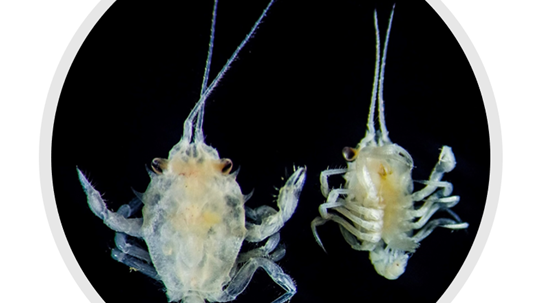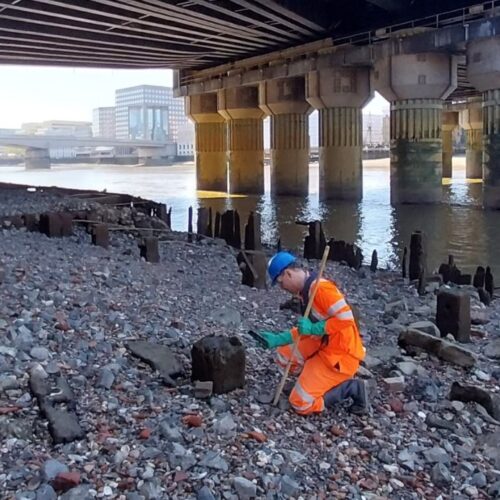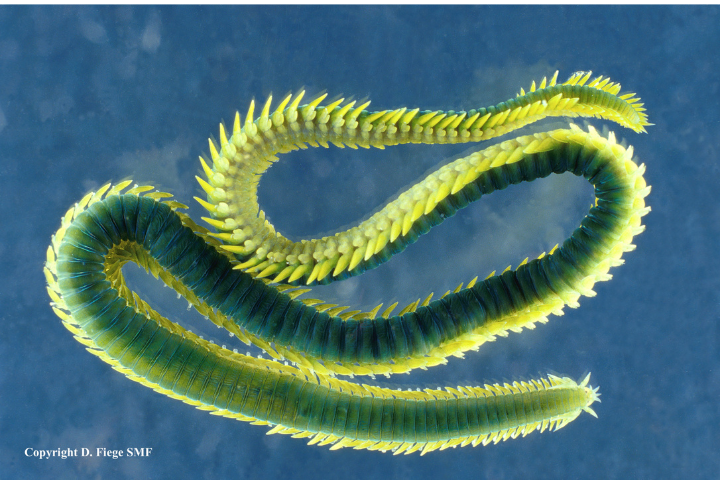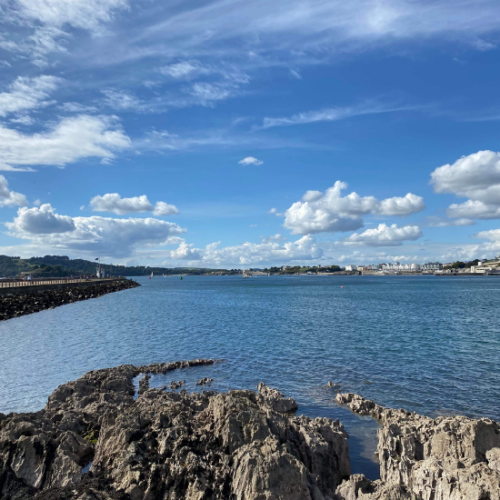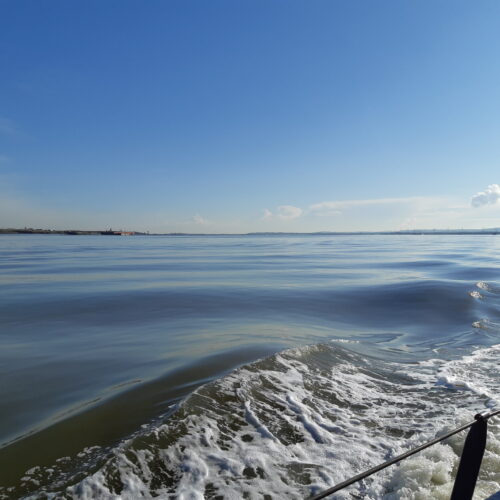In the first of our through the lens series we will explore some interesting and unique facets of our marine business. To kick the series off we will be taking a closer look at benthic analysis; what is it and what can it help us understand?
Here’s one of our benthic taxonomists’ take on it:
The word “benthic” made its way into English in the 19th century, derived from ancient Greek “benthos” meaning “the depth of the sea”. The “benthos” includes the flora and fauna found on the bottom, or in the bottom sediments, of a sea or lake.
When doing a benthic analysis, we look at samples taken from the bottom of the sea and analyse their biological content and, depending on the client’s needs, also their sediment properties.
The animals we examine in our laboratory are benthic macroinvertebrates which can be captured by a 500 µm sieve. This includes for example arthropods (e.g. isopods, amphipods, sea spiders), annelids (segmented worms), nematodes (roundworms), platyhelminthes (flatworms) and molluscs (snails, limpets, mussels, clams).
By looking at benthic assemblages we can gather important information about the health of an ecosystem: How diverse is the sample? How does it compare to samples taken in adjacent areas? How does it compare to samples taken in the past? Have there been any changes?
With our analyses, we can help identify areas in need of special protection and we can monitor the efficiency of Marine Protected Areas. We can help make sure that marine developments take place in areas where they have minimal impact. We can assess and monitor impacts of aquaculture developments. We can inform on important topics like invasive species and even climate change: many benthic animals are either cold water or warm water specialists. If the warm water specialists are found further and further up north, it evidences warming sea temperatures.
And as a bonus we sometimes even discover a new species and we get to look at many really cool looking animals. The little guys (or girls) in this picture are Corystes cassivelaunus (masked crab) megalopa.
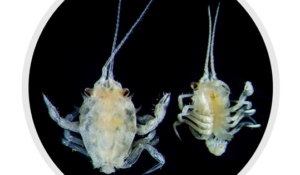
Megalopa is a stage in the development of crabs; it represents an intermediate stage between the larval and the adult phase. A megalopa shows typical characters found in both the larvae and the adults and the crabs enter this stage at a time before they settle out of the plankton and become truly benthic. These two animals were collected from the southern North Sea and are 4 and 6mm long, (not including their antennae), adults can get to 4cm long. Adults live buried in the sand/mud and use their 2 long antennae as a “snorkel” to draw water down into the sediment to breathe.
Get in touch
If you think Benthic Analysis could be useful for one of your projects, please don’t hesitate to Contact us
